Onion, fennel, leek... No, we're not going to talk about cooking today, but about the new kids in the world of perfumery . Responding to perfumers' quest for creativity and customers' desire for naturalness, vegetables are the olfactory trend of the moment . If you're wondering how cauliflower can be seductive, or you're hesitant to try the rosy notes of artichoke... this article is for you!
A trend that is not new

New vegetables? Not really. If this trend towards naturalness, authenticity and originality is currently shaking the world of perfumery, this is not the first time that these natural raw materials are found in your bottles . You would be surprised to discover that many perfumes contain vegetables in their composition: at Bastille, for example, Pleine Lune contains celery! Don't be fooled by appearances: thanks to its essential oil extracted from its seeds, celery with its warm, spicy and powerful notes definitely finds its place in perfumery. This vegetable that we are more generally used to seeing on our plates even became a highly coveted natural raw material for woody perfumes in the 2000s.
Other parts of fruits and vegetables are also used in perfumery. Don't be surprised to find tomato leaves or carrot seeds in your bottles! Tomato leaves, for example, offer a green, herbaceous and fresh flavor. Their use dates back to the 80s with the very first Sisley fragrance “ Eau de Campagne ”. Accompanied by jasmine and lily of the valley, the tomato leaf brings power, freshness and a semblance of Mediterranean air to this perfume. Carrot, for its part, is used more for its woody, fresh and green, even powdery and spicy notes. Its powdery odor, quite close to iris, makes carrot seeds the ideal economical alternative to replace the "blue gold of perfumery" (iris is extremely expensive: 50 times more than carrot seeds, it is tell you !).

Fennel, from the umbelliferae family like carrots, brings a delicious aniseed taste to perfumes - generally "masculine". It was found for the first time in the fragrance " Azzaro pour Homme " by Azzaro in 1978, then in more original and modern perfumes such as " Patchouli Patch " by l'Artisan Paracteur. Even more recently, fennel was also introduced into the composition of our very latest eau de parfum, Rayon Vert with its green , aniseed and spicy facets.
Still with their boots in the vegetable garden, perfumers are also trying their hand at other more surprising vegetables . We can notably cite the pea whose earthy, vegetal and fresh smell is replicated in particular thanks to the essence of galbanum.

We also find this earthy side with beets . Unlike peas, the notes of beetroot are logically sweeter. A niche brand was able to make it the star of one of its perfumes by combining it perfectly with the smell of incense and that of resin!
Other vegetables, such as cucumber , also find their place in the composition of certain perfumes. In addition to being famous in cosmetics for its moisturizing and regenerating properties (we can see you from here with your cucumber slices on your eyes!), cucumber is also very successful in summer perfumes . Fresh and green, this natural raw material brings an invigorating side to perfumes .
The comeback of natural raw materials
If today vegetables and natural raw materials in general are making a comeback in food as well as in perfumery, it is quite simply because they constitute an obvious response to consumer expectations . For several years, they have expressed a clear preference for naturalness, sustainability, short circuits ... Moreover, to understand everything about natural perfumes, this is where it happens!
After the powerful trails of the 80s, then the reign of gourmet, floral and sweet perfumes, perfumery is taking a new turn. That of more natural, green (in every sense of the word, since it is also an olfactory family) and durable perfumes. This trend is strengthening with the arrival of perfume houses like Bastille, which offer fragrances with 95% natural ingredients.
This “green” movement pushes brands to commit across the entire value chain: from product concept to sourcing . What customers are looking for today is not only perfumes with natural ingredients but also committed, environmentally friendly and transparent brands that offer original and qualitative fragrances.
In full swing, this movement is not entirely due to chance. Marked by the many ecological and environmental issues of the moment relayed on social networks, consumers only want one thing: to buy less and above all better.
Finally, the Covid-19 pandemic in 2020 is also responsible for the rise of this trend. It has reinforced our thirst for transparency and our need to be reassured, it has guided us towards more secure products. We have gotten into the habit of studying the labels of our beauty products, perfumes included, much more closely - in fact, if you are curious here is a little guide to how to decipher them !
All these reasons lead us to believe that vegetables have a bright future in perfumery . Indeed, the concepts of naturalness and sustainability , very popular today, can be expressed through the use of these new raw materials in perfumes.
The new kids in the vegetable garden
This future is also gradually taking shape . Still to be part of this "green" trend and meet consumers' needs for freshness and authenticity, new extraction technologies have been developed to capture the scent of vegetables and thus broaden the field of possibilities in terms of creativity. .
Symrise, supplier of perfumes, flavors and raw materials, took on the challenge of creating ultra-concentrated vegetable alcoholates. The company has developed a fairly innovative vegetable upcycling technology: SymTrap™.
 A little context to fully understand the process : imagine yourself in your kitchen cooking steamed vegetables for your meal this evening. A few minutes later, water vapor escapes from your pan and odors are released.
A little context to fully understand the process : imagine yourself in your kitchen cooking steamed vegetables for your meal this evening. A few minutes later, water vapor escapes from your pan and odors are released.
The company is somewhat resuming this type of cooking . It captures the most concentrated odor molecules from the first minutes of cooking and after removing the water and adding alcohol, we obtain powerful essences straight from nature.
Thus, it gave birth to five unique vegetable alcoholates : artichoke, cauliflower, leek, asparagus and onion (yes, you read correctly).

The artichoke has a tender green appearance with a fleshy, fleshy base. Thistle flower originally appreciated by kings, and particularly Louis XIV for its sweet taste obtained thanks to the cynarin it contains, it also conquers the hearts of perfumers with its creamy facets and its green notes. Interesting, the artichoke brings a luscious touch and richness to a composition.

Cauliflower is used in perfumery for its animal , musky and powerful facets, popular with 100% vegan brands. It is generally found in perfumes for its spicy mustard seed facet and its tangy nuances which can remind us of the smell of wasabi.
Fun fact : cauliflower also reveals roasted tones that can remind us of grilled popcorn .

Leek is an intriguing ingredient because it presents itself as a vegan alternative to ambergris – a musk produced by sperm whales. In a perfume, leek reveals moist notes as well as undertones of iodine and mushroom . It can also go perfectly with exotic fruits and bring a surprising touch to certain accords - notably chypres or ferns - thanks to its power and depth.
 Asparagus, for its part, promises us the smell of a green and floral spring. Its olfactory profile is also very interesting. She is the multi-tasking of the vegetable garden .
Asparagus, for its part, promises us the smell of a green and floral spring. Its olfactory profile is also very interesting. She is the multi-tasking of the vegetable garden .
Its earthy, green and salty, even powdery notes (close to the smell of patchouli), generally give a new aspect to floral or woody perfumes. Its hazelnut and cereal facets bring their little grain of madness to certain compositions.

Unsuspected in the composition of a perfume, onion turns out to be the most caliente of the bunch.
It brings a sensual , aphrodisiac and powerful aspect to a composition thanks to its sulphurous, spicy, sparkling tones as well as its sweet and tangy facets. Finally, associated with exotic fruits, the onion takes its role as an acidity enhancer very seriously.
These new natural raw materials therefore make it possible to add “texture” to a composition or to bring new facets to more classic ingredients .
A new playground for perfumers
We interviewed Caroline Dumur, master perfumer who created our perfume Demain Promis and Anne-Laure Pouquet, evaluator at the composition house IFF, to tell us about the way they use vegetables in perfumery.
Have you ever worked with vegetable notes in the composition of one of your perfumes? If so, what was the most surprising vegetable you used?
Caroline Dumur - I haven't yet signed a "vegetable" perfume as such, but I love working with these ingredients and their green and floral facets - like in the next Bastille perfume, which has a fennel facet. At IFF, we also created Lady Million Lucky, where beetroot plays a role in the composition of the perfume even if it is not necessarily highlighted by the brand. It is one of the vegetables most often found in perfumery, with beautiful earthy notes that we often associate with raspberry.
Anne-Laure Pouquet - We have been working on the subject for a long time, but the trend clearly accelerated after Covid, which made us more curious about these subjects. However, at the start of projects we still rarely put vegetables in the olfactory pyramids of our creations... It is difficult to "claim", that is to say to claim from consumers - when we have no hard to talk about fruit for example.
Caroline Dumur - This is the problem: even if a vegetable is just as noble as an apricot for example, it risks referring in the imagination to something quite dietary. This is especially the case for sulfur or alloy notes (leek, garlic, onion, chives, etc.) which are important in certain formulas, but are not easy to claim.
Do you use them as main raw materials, or rather to bring texture and nuances to a composition?
Caroline Dumur - I often use them to enhance floral perfumes, because there is a real connection between flowers and vegetables . For example, I like to enhance the fruity effect of rose by using the dimethyl sulfide note, which exists naturally in many fruits and which brings a vegetable side.
That said, vegetables can also bring an animal side … like for example when working with kale. By studying this ingredient, I also found a common raw material with hyacinth: so there is really a thread to be drawn between vegetables and floral notes! This is also the case with the mushroom, which has something in common with lavender.
Anne-Laure Pouquet - We also think of rose, which can evoke artichoke, or even pepper which brings roundness to the pink notes. Vegetables allow us to be innovative in the reinterpretation of major floral themes - because the profession of perfumer is also often “reinventing the wheel”! Even if it means going far: we are currently working on a potato & patchouli note, two ingredients that go together perfectly.
Are these vegetable notes natural or synthetic?
Caroline Dumur - For many it is about chords, that is to say mixtures of several notes both natural and synthetic which create a coherent whole. This is the case with peppers for example, which I recreate using a metallic pink note, a peppery terpene side, and also an aqueous side - peppers are a vegetable filled with water, you can feel it!
For the pea, a classic accord in perfumery, I use 4 or 5 green and pyrazine notes, and mint. The natural vegetable notes are limited to seeds, which can be extracted naturally: for example fennel, carrot or even celery (used in Pleine Lune chez Bastille).
Anne-Laure Pouquet - For my part, I love celery root: it recalls notes of both jasmine and coconut. It's an incredible ingredient.
What do vegetables evoke in you in a fragrance?
Caroline Dumur and Anne-Laure Pouquet - Essentially nature , and plants ! These notes are generally played at the top or heart of perfumes, with floral notes. For certain creations, it is also about surprising, creating a clash thanks to a different and little felt material, which we use to shock a little.
Do you think that these new notes will be “accepted” by brands and become selling points to consumers?
Anne-Laure Pouquet - Apart from certain brands which dare to do so, few claim vegetable notes . Furthermore, it also depends on the ingredients: cucumber, tomato leaf or even rhubarb are notes that are easier to use. Cauliflower is obviously more complicated…
Caroline Dumur - I believe it! Green notes evoke rebirth, and traditionally return after wars and crises. For example, they were very fashionable in the 1930s. With the pandemic that we have just gone through, customers want to return to something more plant-based, this opens the way. And then, they are very fashionable in Asia…
How did you use these notes in the latest Bastille creation, which will be revealed soon?
Caroline Dumur - In this bright green composition, I used the aniseed and addictive side of fennel to soften the whole. I combined it with a fruity opening evoking pear and pineapple, to round off the note. I also used basil to round out the mugwort. The whole thing is magnificent!
A big thank you to Caroline Dumur and Anne-Laure Pouquet for this interview with very vegetable notes!
A final word : even if the current craze for natural, organic and sustainable products is real and can only work in favor of this innovation, we do not know if vegetables will become the main raw materials of tomorrow or if this new palette will rather be used to add effects of texture and nuances, without it necessarily being explicitly mentioned in the composition. Vegetables can be a little scary, we can understand .
At Bastille, we believe that these new natural raw materials represent a great opportunity for perfumers to let their imagination and creativity speak even more. They are ultimately a new playground and we find it exciting to be able to integrate these surprising ingredients into our perfumes! If you are ready to take the plunge, start with Pleine Lune, our evening floral with a touch of celery:
-------
Sources: anthopom.com , thenewmeninthecity.com
Photos: Unknown, Enrico Sottocorna on Unsplash, Eva Elijas on Pexels, Unknown







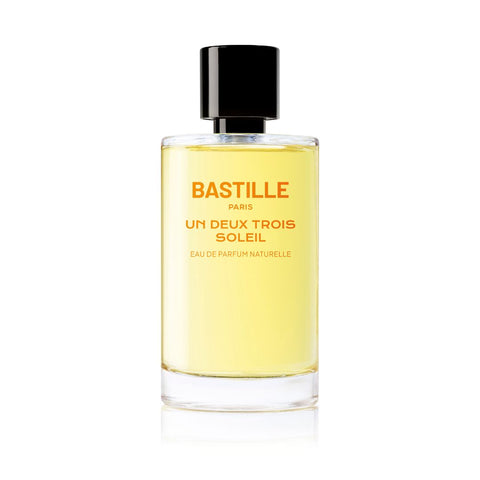
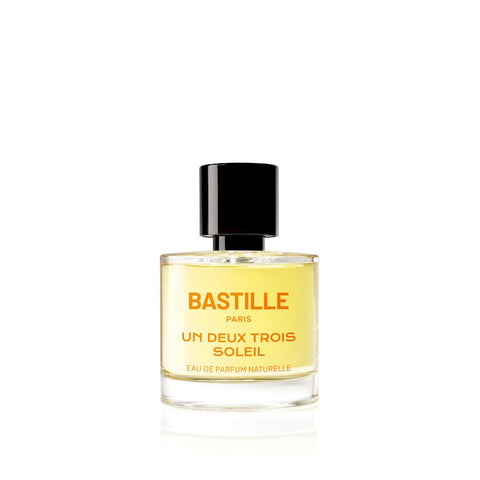

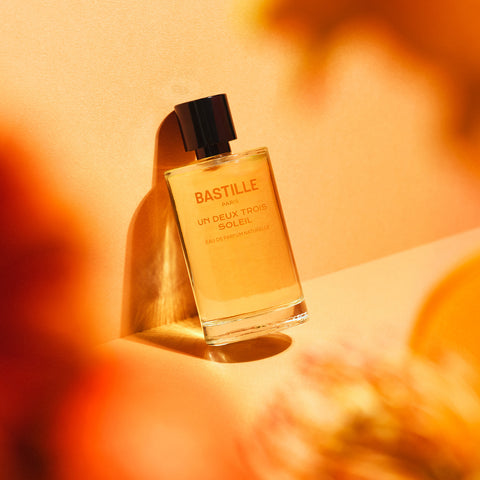
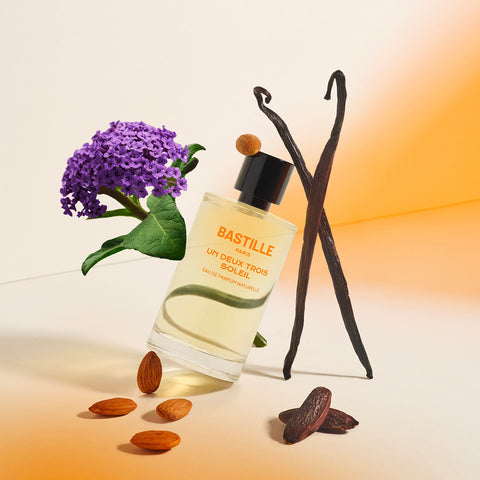
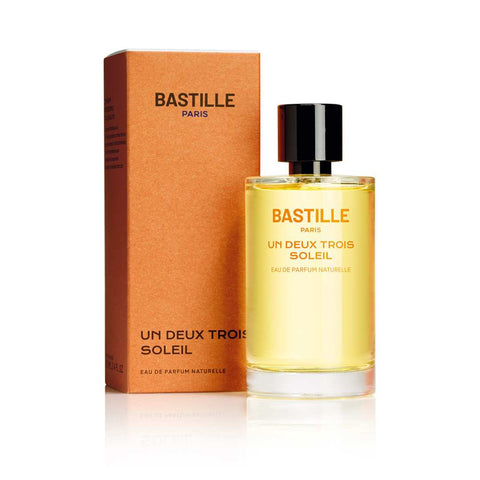
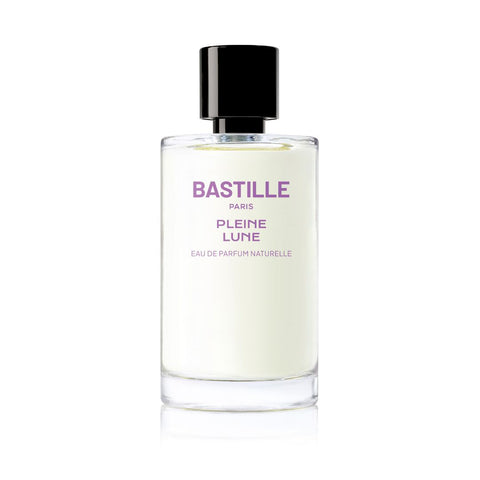
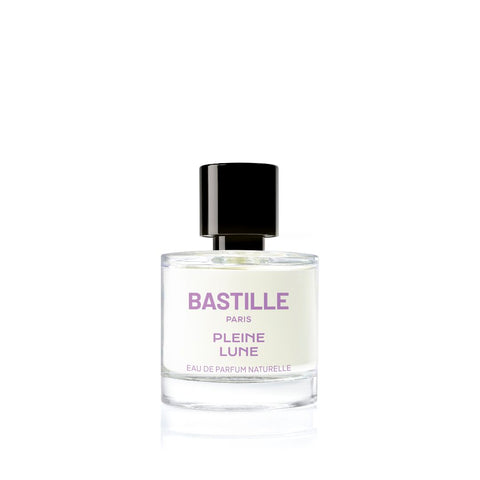
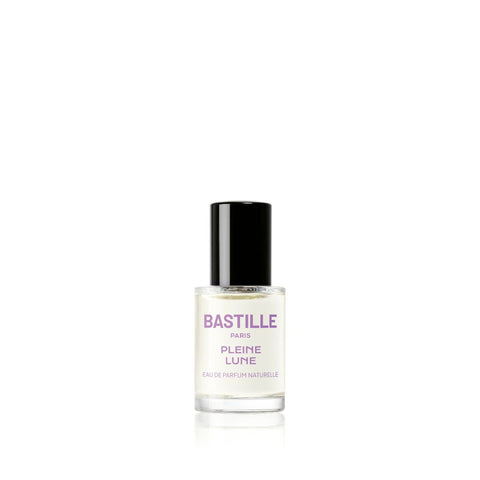
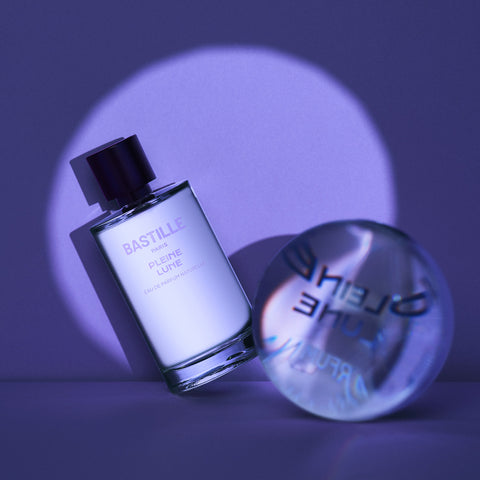
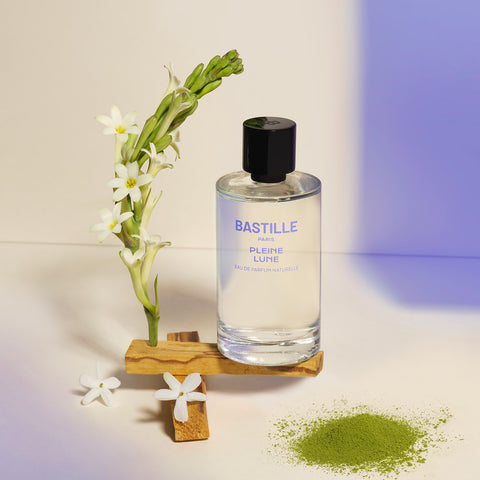
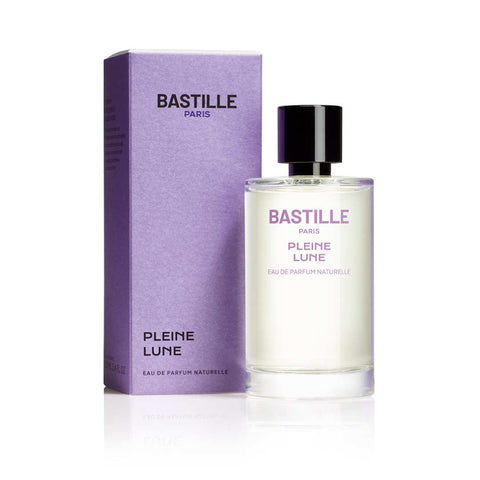
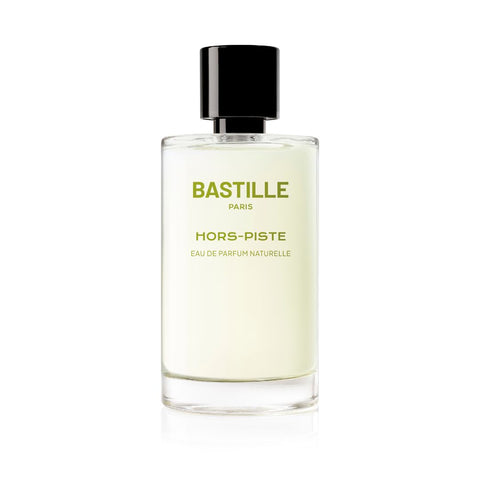
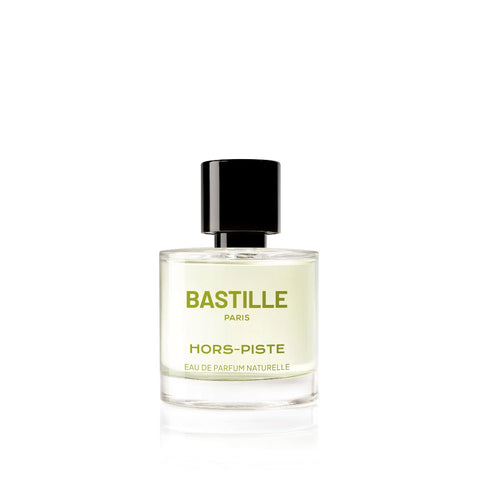

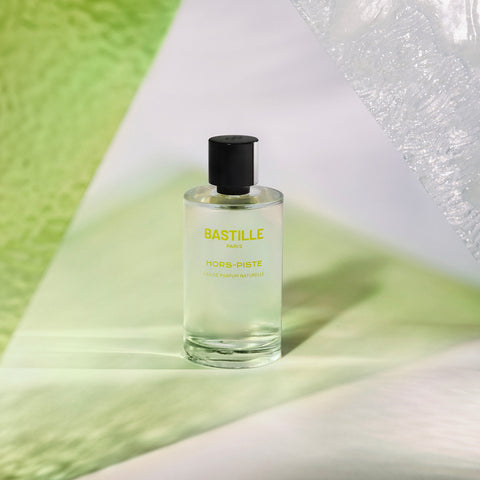

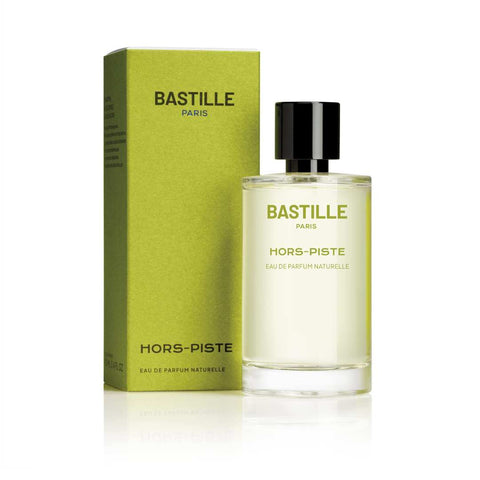

Comments (0)
There are no comments for this article. Be the first one to leave a message!